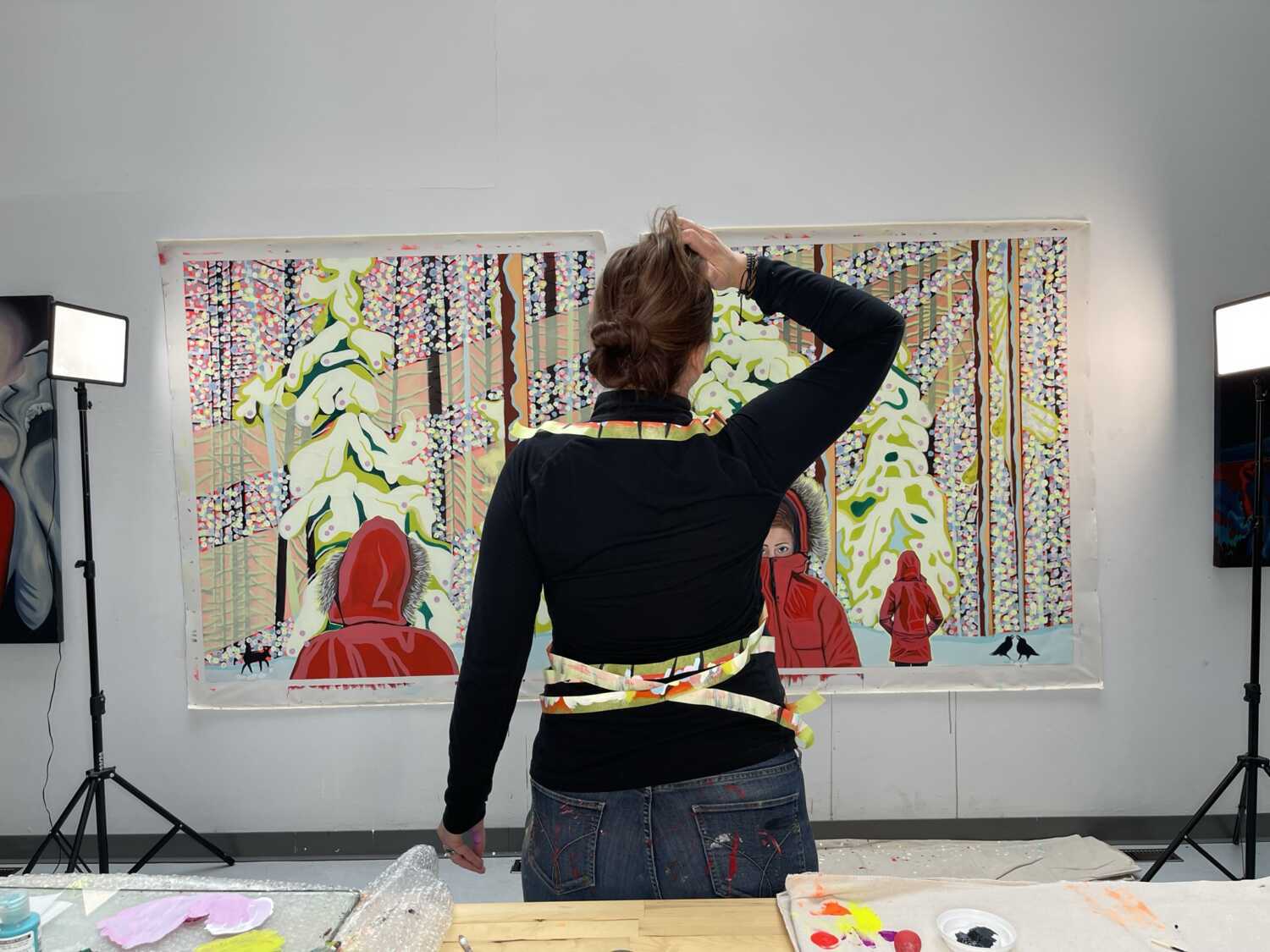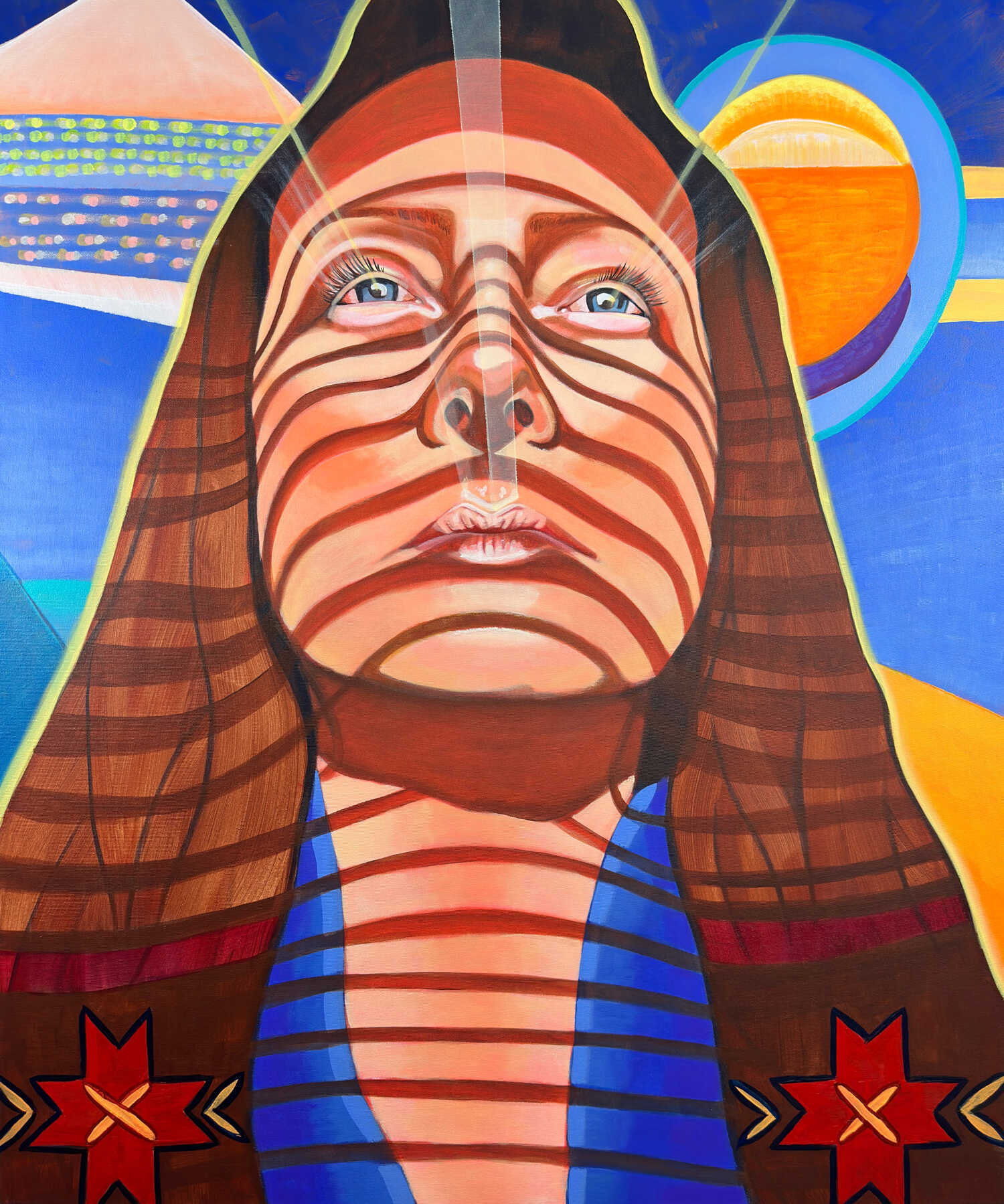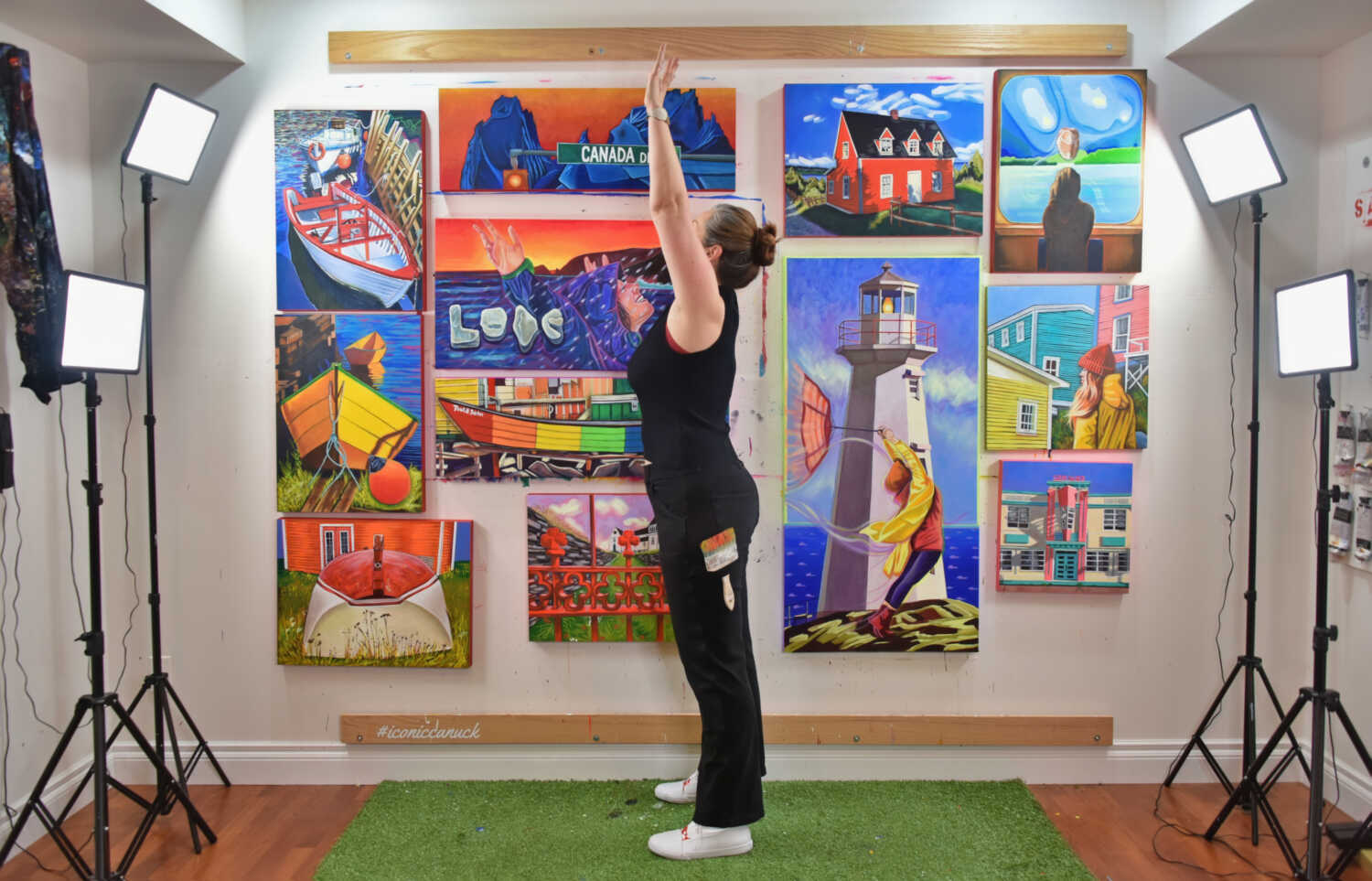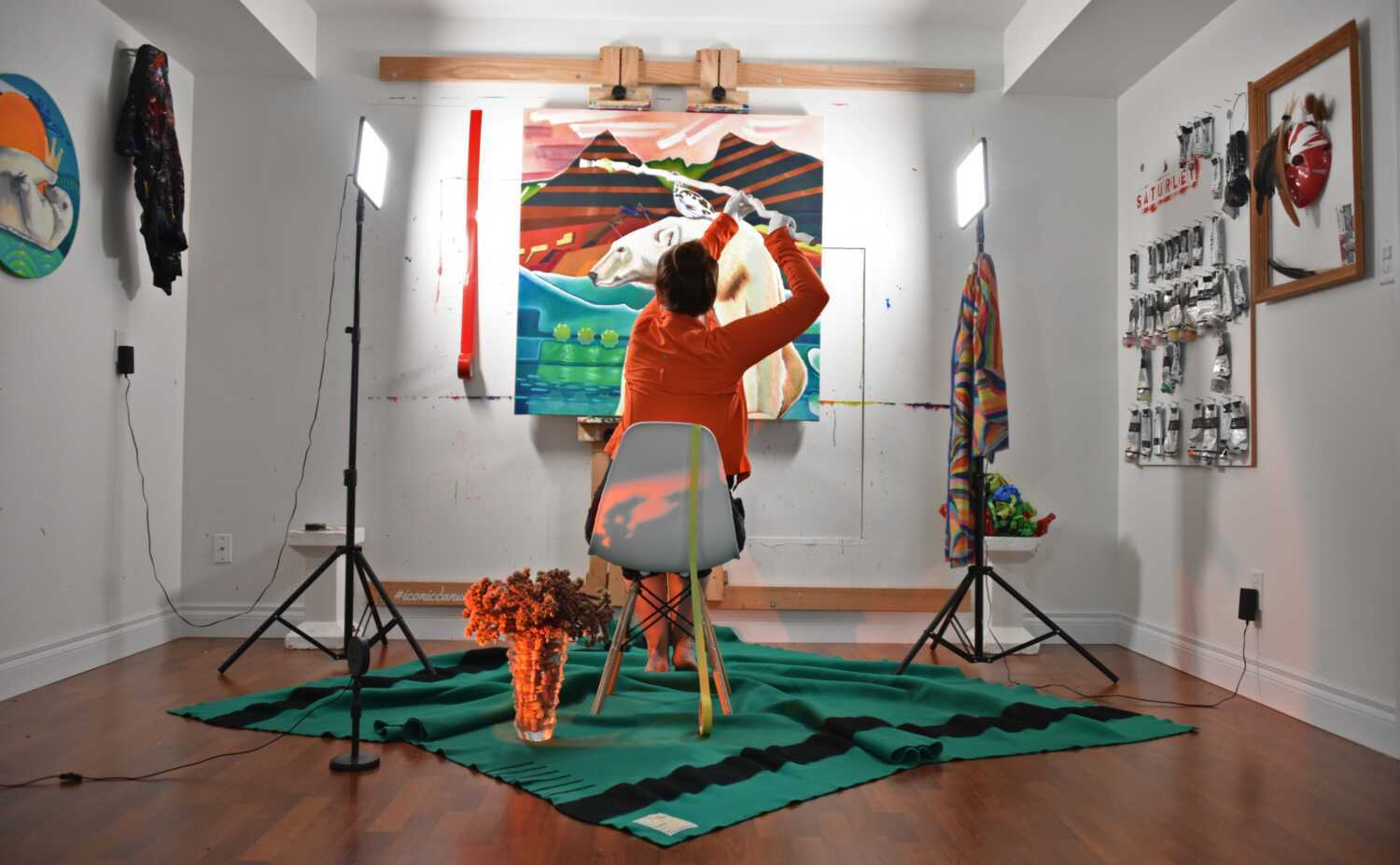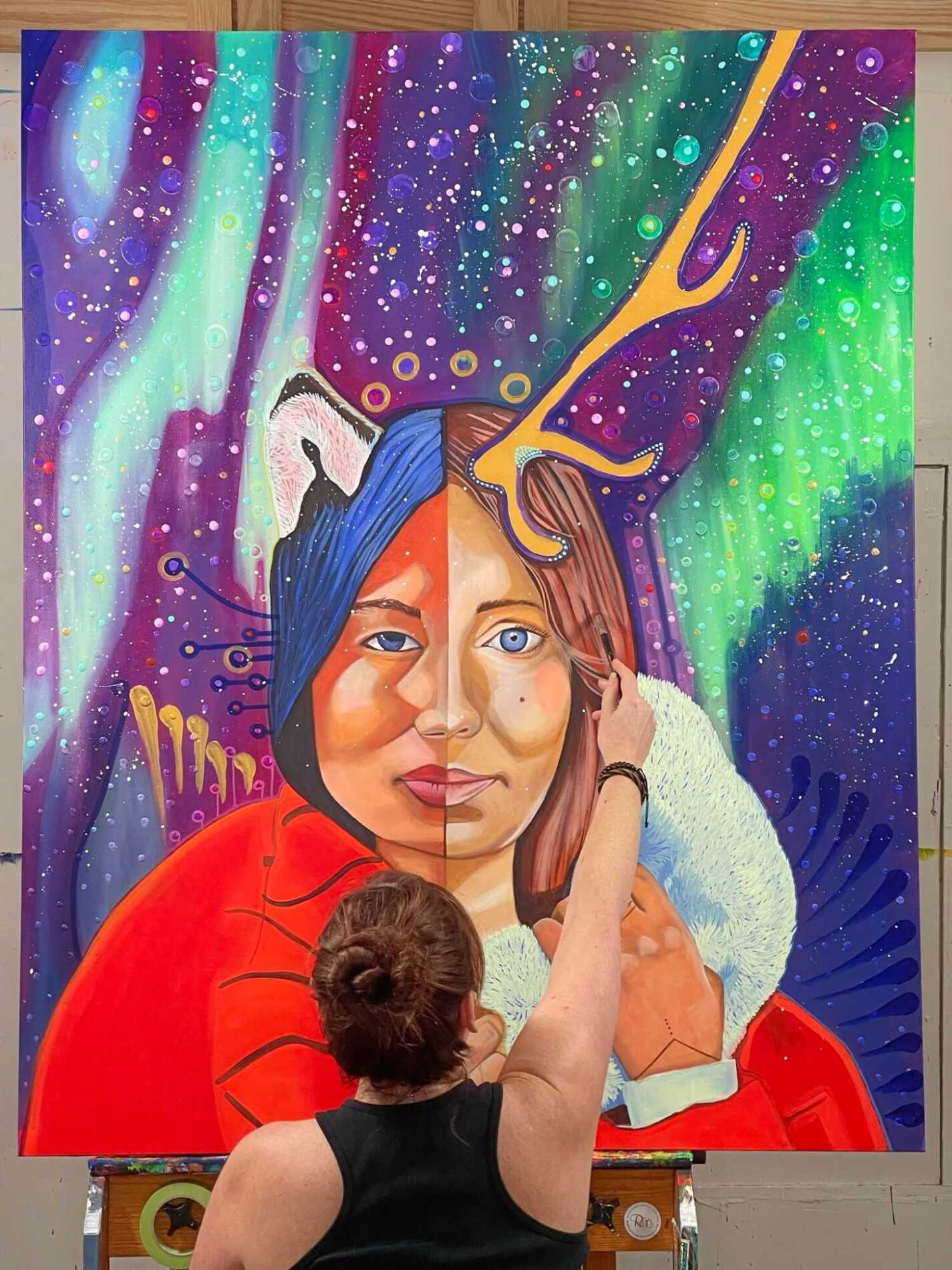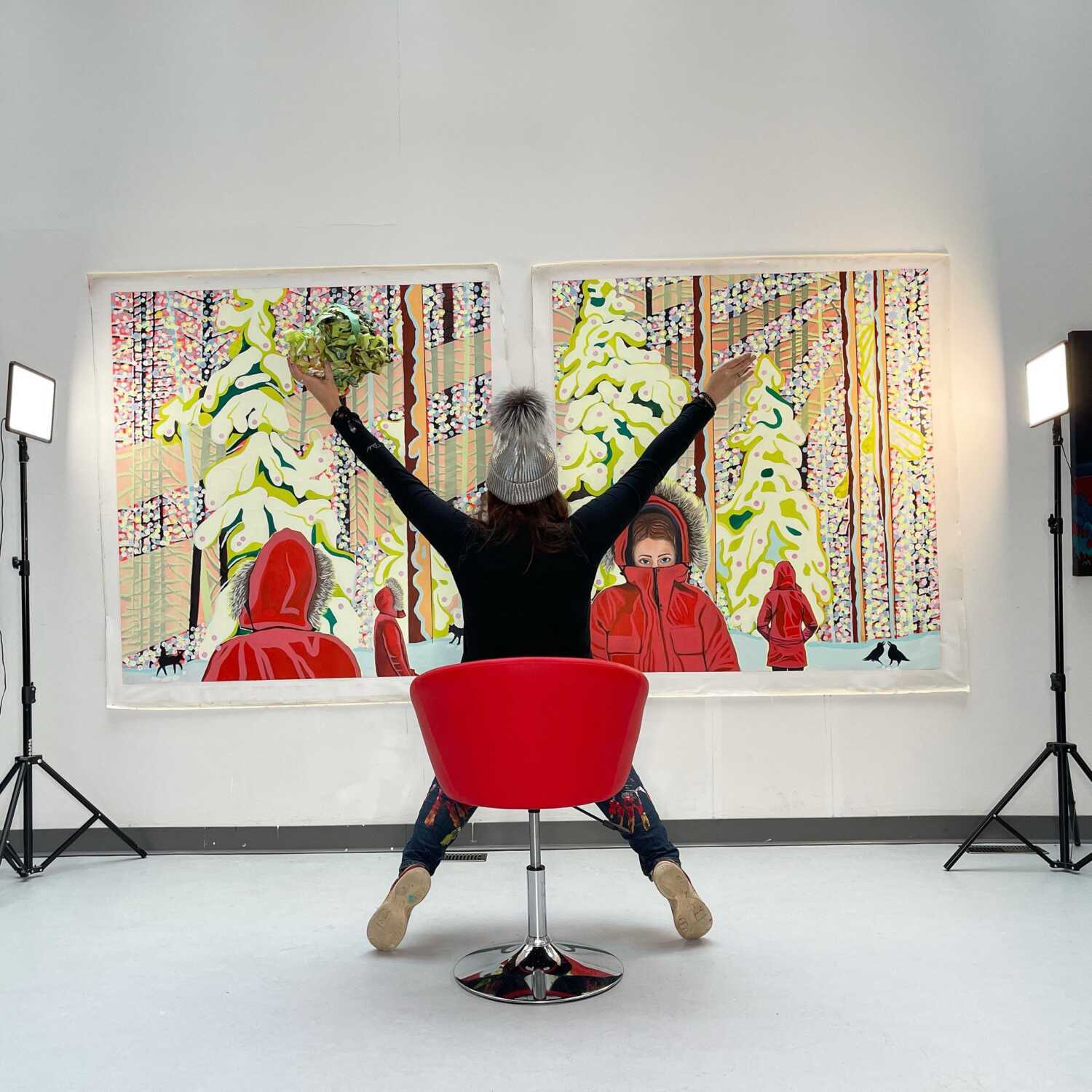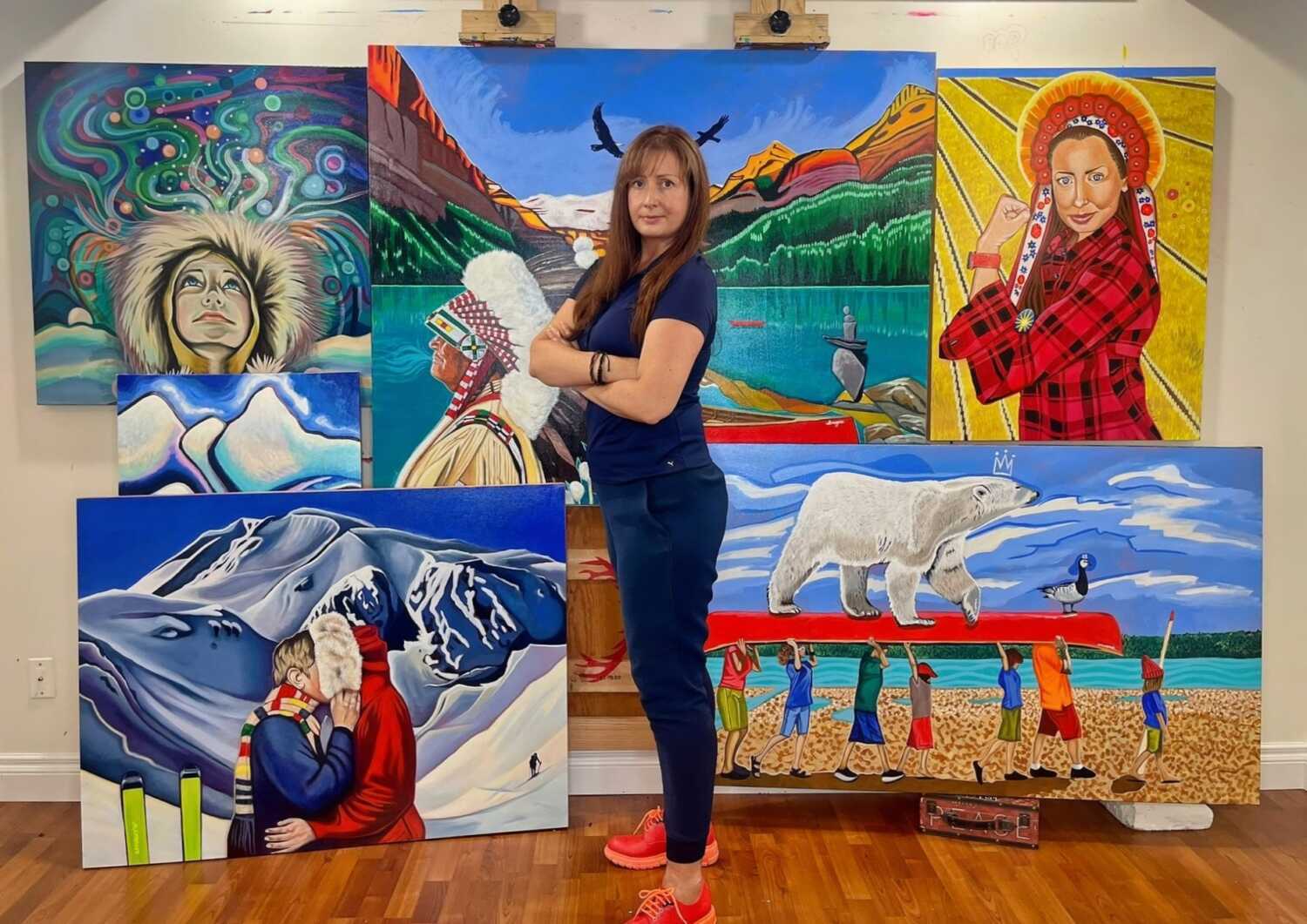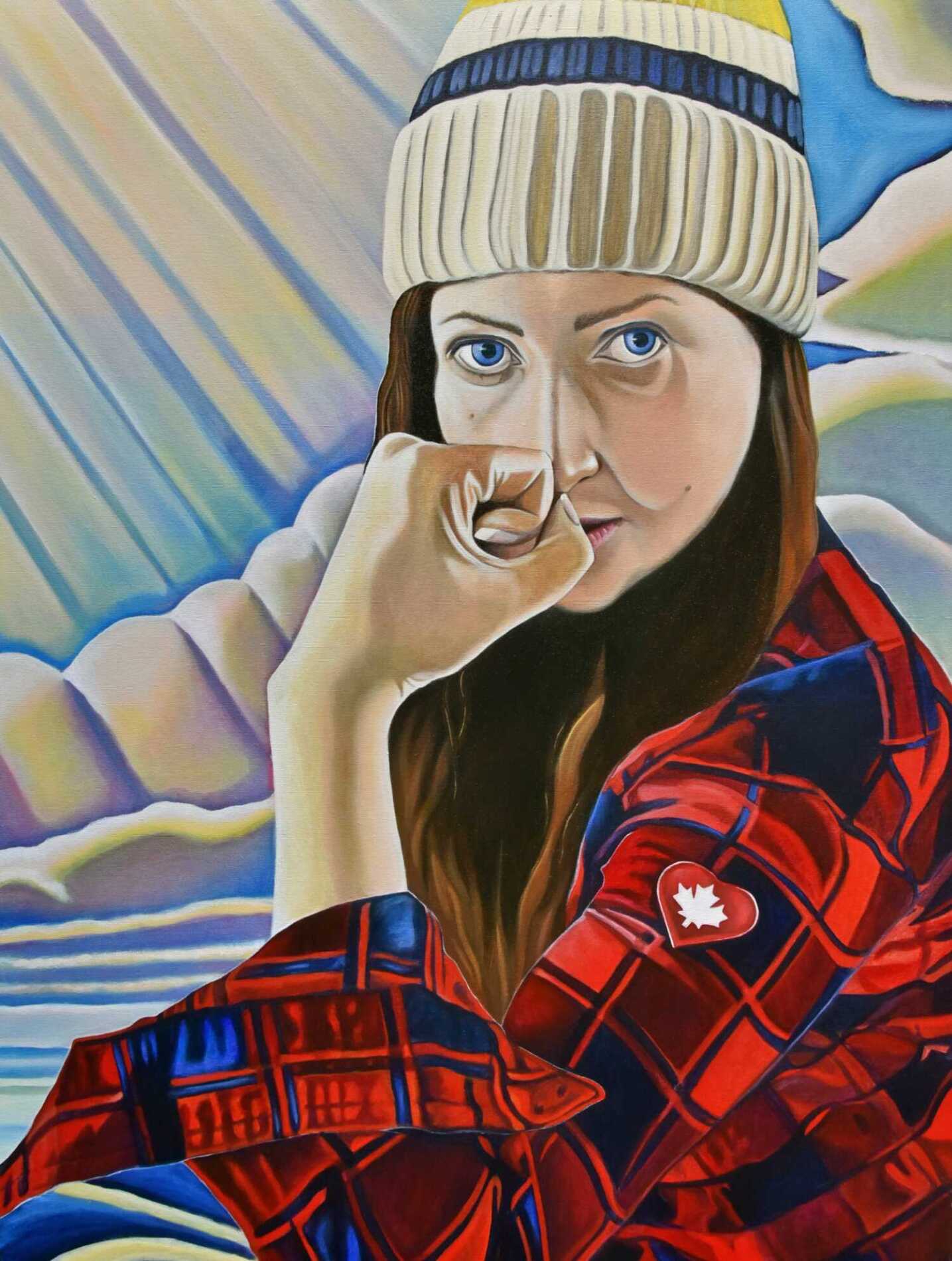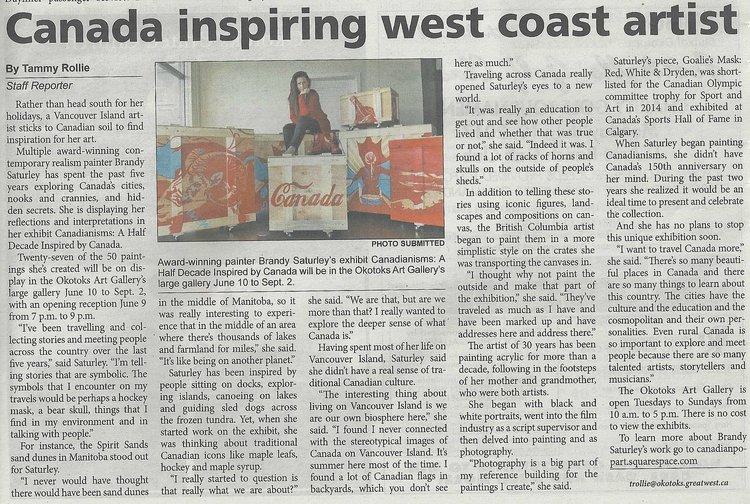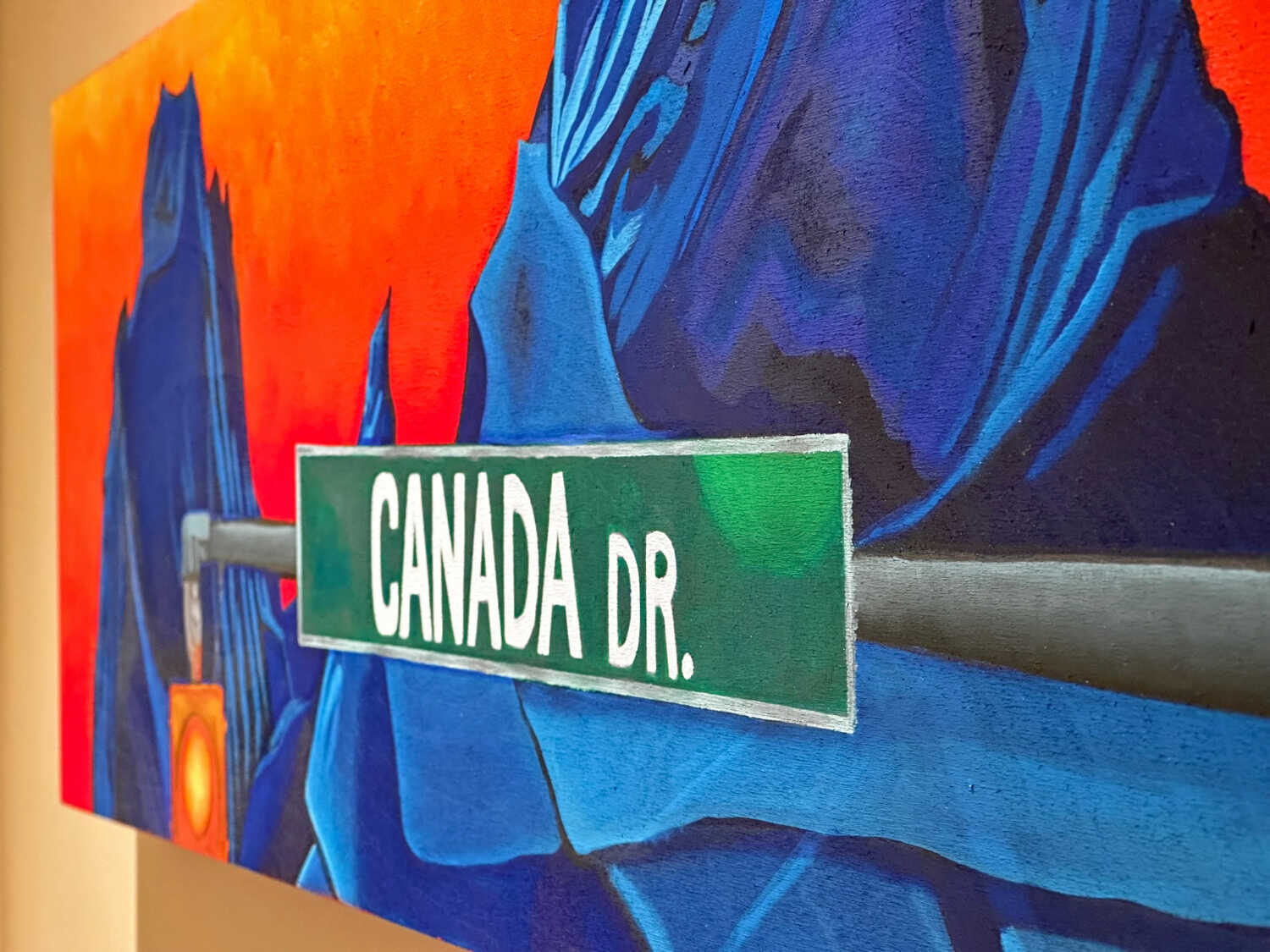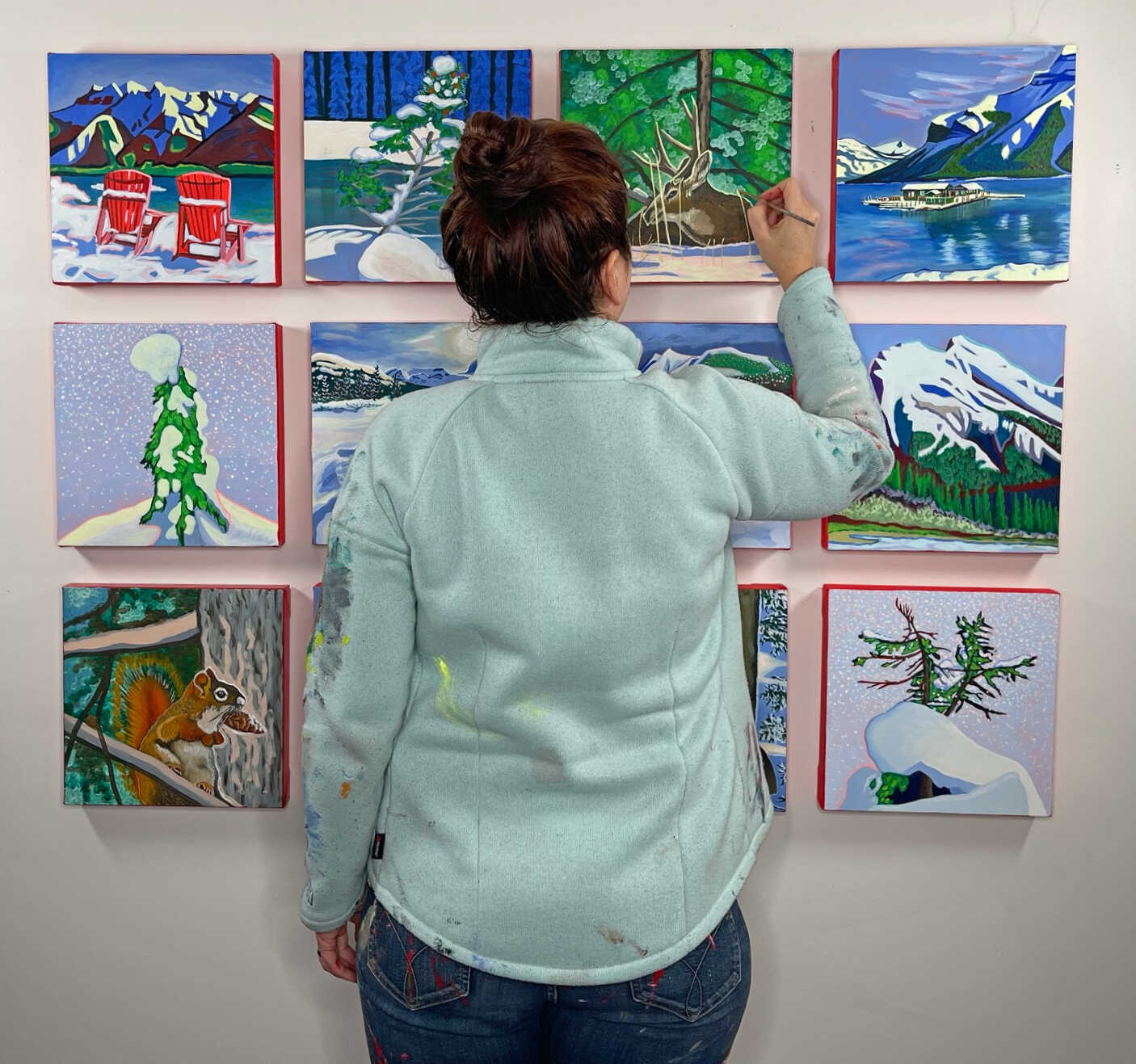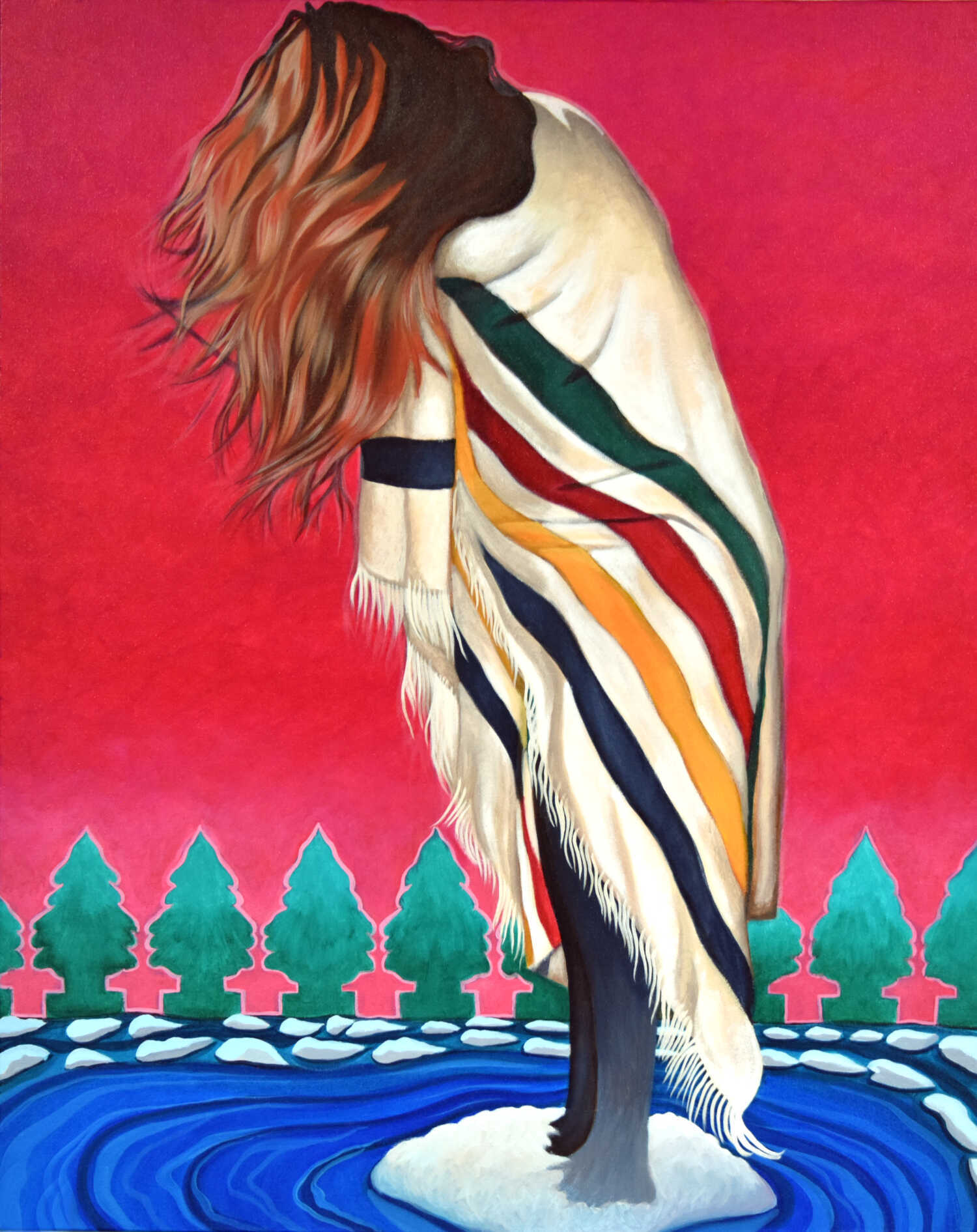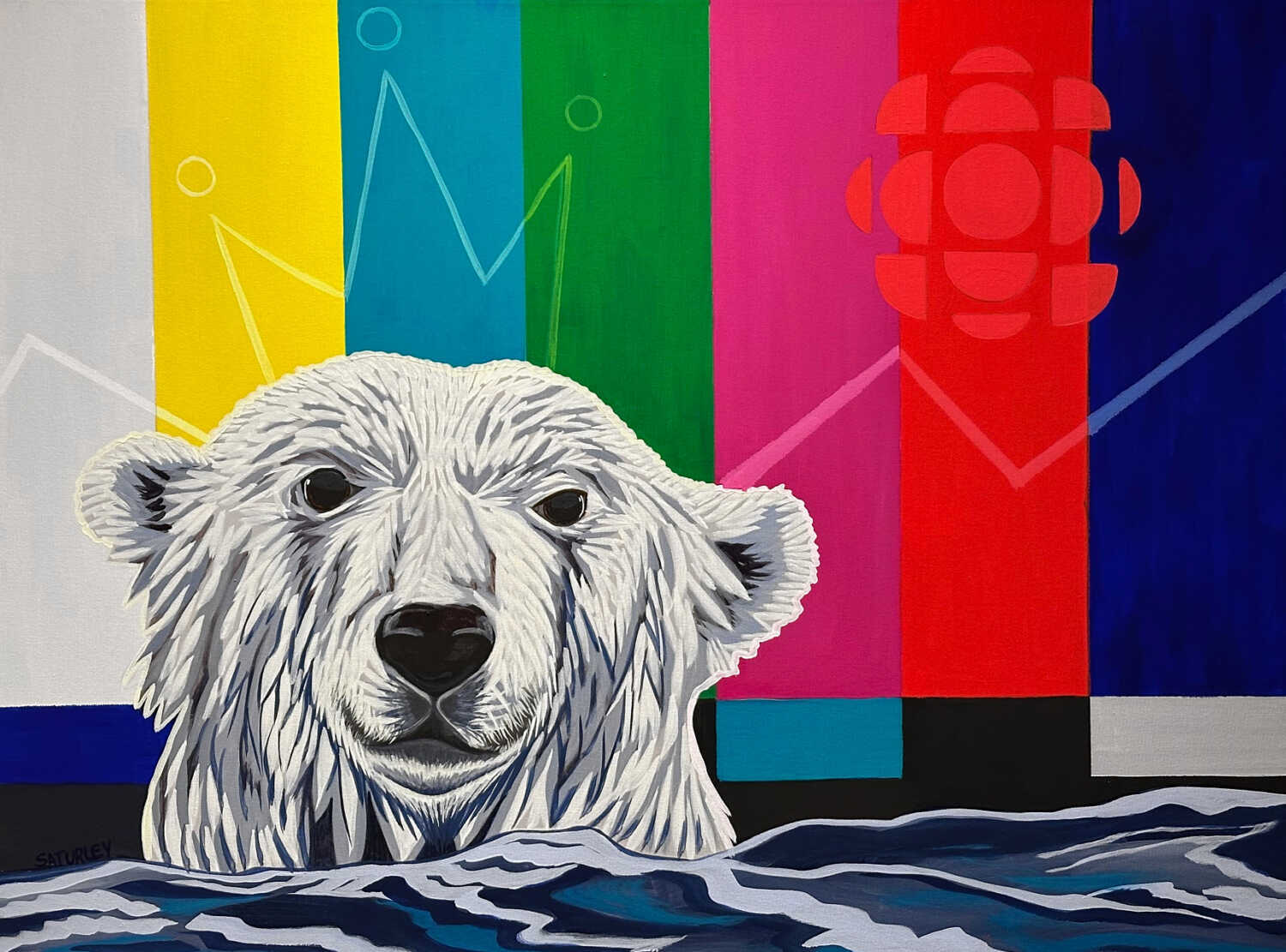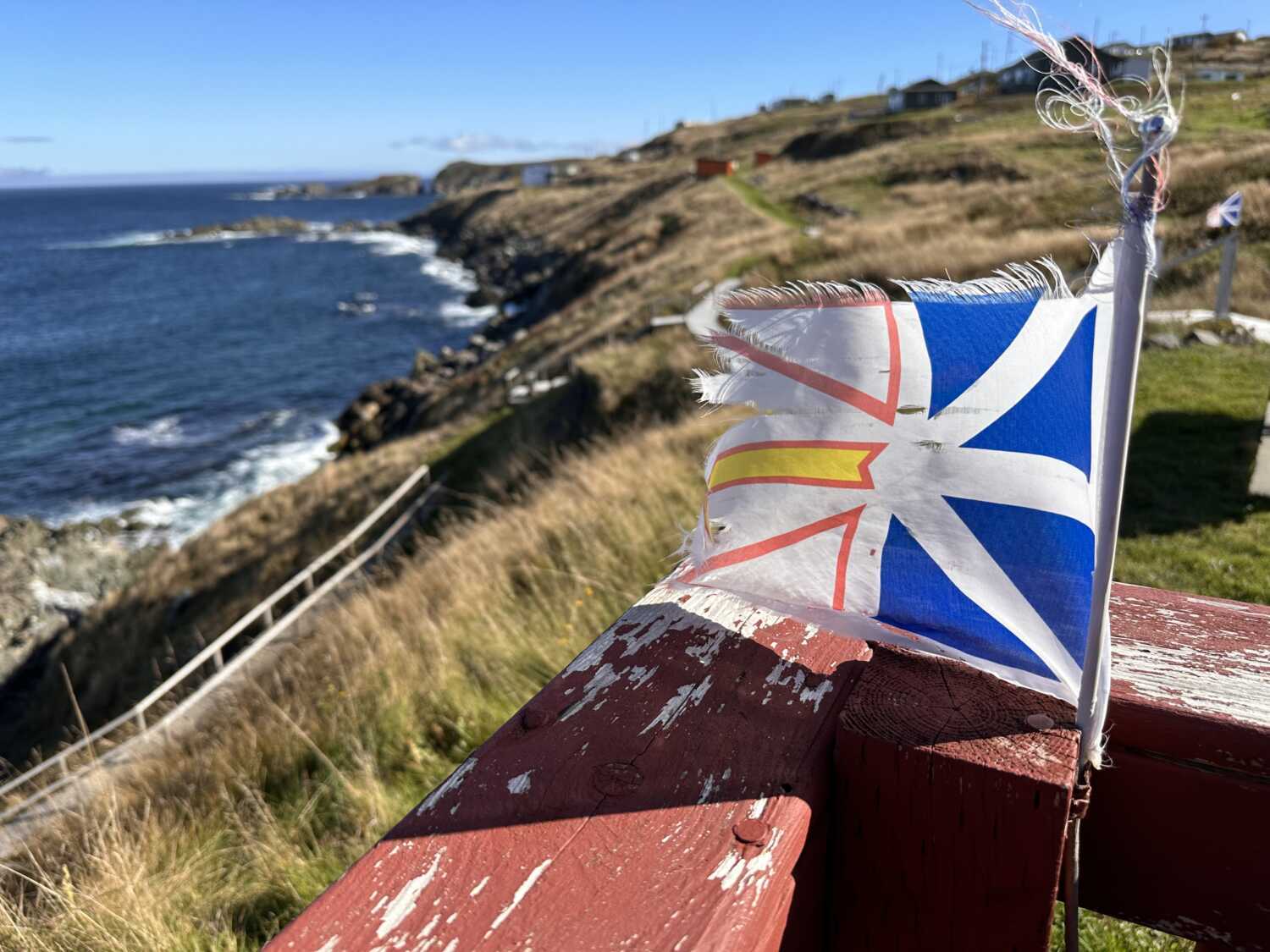Risk Taking Canadian Artists
Are Canadian Artists Taking Risks? Or Is the Canadian Art Scene Complacent?
Earlier this week, I received a question that struck a chord: “Is risk-taking top of mind for Canadian artists? And is the Canadian art scene, as a whole, supporting those artists who take risks?”
As a professional Canadian artist with over two decades of experience, I understand why these questions arise and where they come from.
Are Artists Risk Takers?
To be an artist is, by nature, to be a risk taker.
I don’t know a single artist who isn’t putting something deeply personal on the line by choosing to share their work with the world. Whether you’re revealing internal landscapes, personal experiences, or observations about society – making art is a courageous act of vulnerability. In my case, painting is my language. Through it, I tell stories rooted in Canadian culture, landscape, and identity.
Mid-career artists, in particular, often find themselves walking a fine line. It’s a point in their practice where skill, vision, and recognition begin to align, but the desire to stay fresh, relevant, and engaged with their audience pushes them to continue evolving. This stage can be both creatively fertile and risky.
Risk-Taking in Technique
Risk in art doesn’t always mean controversy or provocation, it can also be technical. Artists push themselves with every new canvas, seeking growth, challenge, and renewal in their process. For me, it’s about pushing the paint: trying new surfaces, simplifying strokes, altering scale, and refining colour language.
I often say, “My best painting is my next painting.” That mindset drives me forward and keeps the work honest.
Over the years, I’ve found that as the ideas behind my work become more focused, the execution becomes more refined. The message gets stronger, even as the brushwork becomes more economical.
Risk-Taking in Subject Matter
When we think of risk in subject matter, names like Damien Hirst and Jeff Koons often come to mind – artists whose work is grand in scale, budget, and ambition. These are risks taken on a level akin to stock market speculation.
But what about here in Canada?
Are Canadian artists pushing boundaries with subject matter? Or are we growing too comfortable with our rolling hills, picturesque landscapes, and soothing abstracts that don’t challenge the viewer or the interior designer?
A snapshot of the commercial gallery scene in Canada reveals a safe pattern: brightly coloured landscapes, generally sized 20×30 inches, priced under $2,000. These works sell. And there’s absolutely nothing wrong with that, especially if the artist is making work that’s aligned with their voice and vision.
The key here is authenticity. If you’re creating work you truly believe in whether it’s a prairie skyline or a pop-art political commentary the right audience will find you. The issue arises when market demand becomes a muzzle.
Higher-end galleries in Canada’s major city centres tend to take more curatorial risks, showcasing provocative or socially engaged work. But these are the exception, not the rule.
Artist Residencies as Catalysts for Risk
One of the greatest gifts I’ve received as an artist is the opportunity to attend artist residencies. These spaces allow time, solitude, and the freedom to create away from daily responsibilities. They offer a unique kind of risk: the chance to experiment, to fail, to discover something new.
Residencies often bring artists of different backgrounds together, enabling collaboration and the cross-pollination of ideas. These experiences can shift an artist’s entire practice, if you let them.
Risk-Taking in the Business of Art
I began my career as a self-representing artist, managing every aspect of my business from sales and marketing to logistics and inventory. It’s a full-time job in itself, layered atop the time spent in the studio.
In Canada, many artists choose the academic route: earning a BFA, then teaching to support their practice. I chose the entrepreneurial path. And while that road comes with financial risk and uncertainty, it’s also full of opportunity. You learn fast, you build resilience, and you gain the freedom to create the kind of art that resonates with you without waiting for permission.
Risk Taking Canadian Artists – Final Thoughts
So, are Canadian artists taking risks?
Absolutely. But those risks take many forms, from pushing paint and subject matter, to experimenting abroad, to running your art practice like a startup. The Canadian art scene supports some of this risk, but not all of it. Much of it still leans toward the safe and the saleable.
The question we should ask ourselves isn’t just “Are artists taking risks?” we should also be asking “Are we, as a culture, willing to support and celebrate risk-takers?”
Because in the end, risk is where the breakthroughs happen.
See more paintings by Canadian Contemporary Artist, Brandy Saturley.

